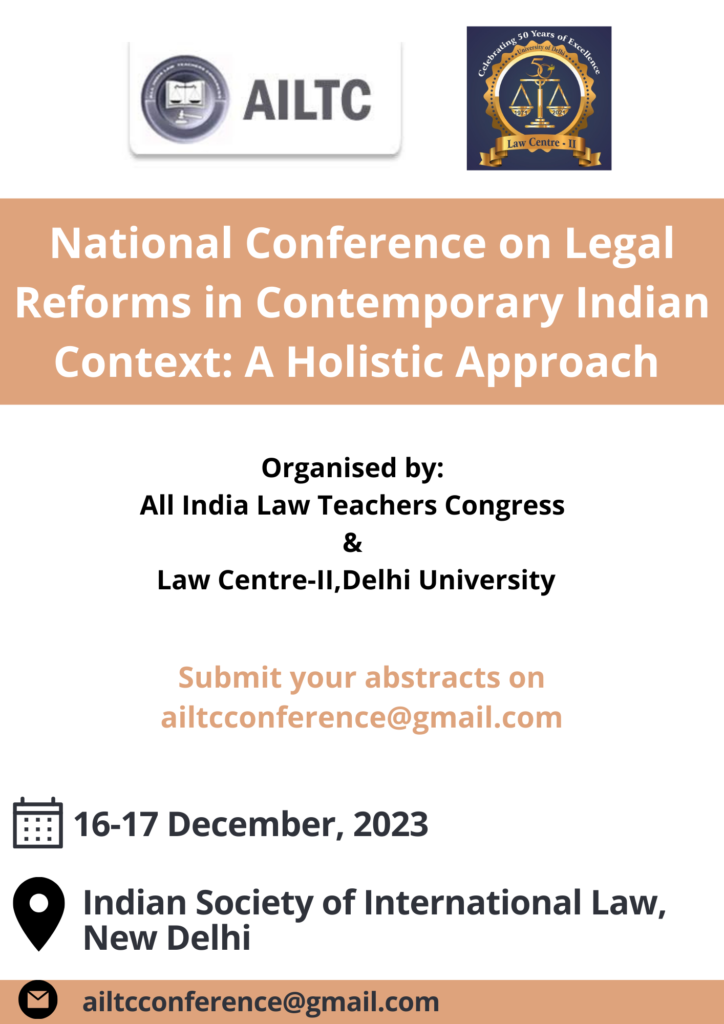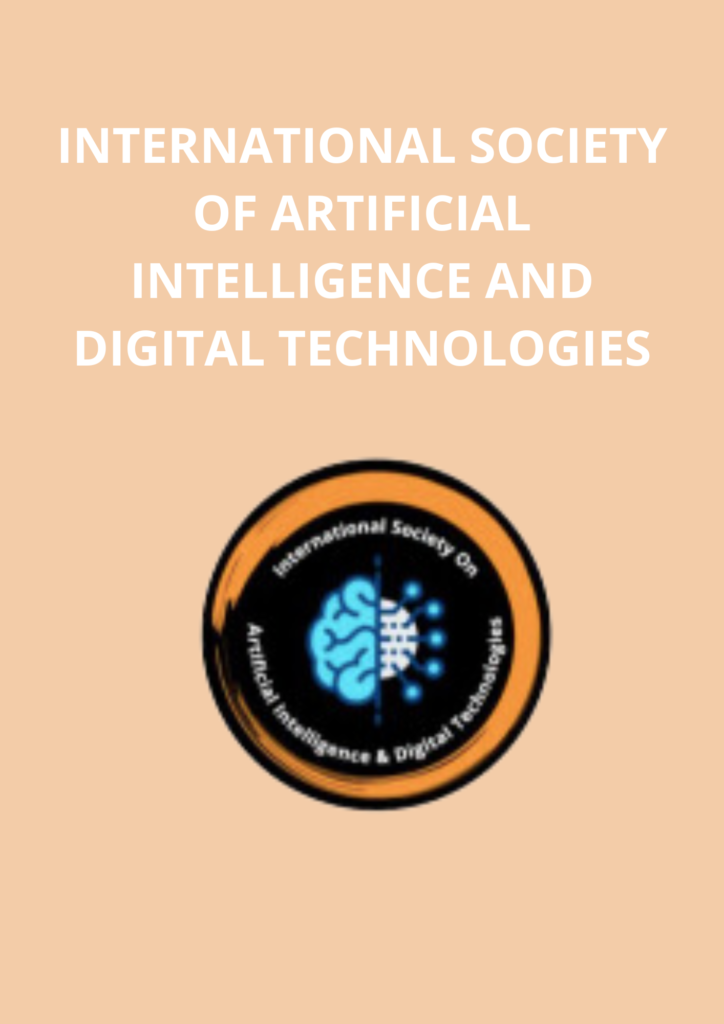The law organises its operations in highly visual forms; it carefully curates and cultivates its own scopic regime. From courtroom architecture and rituals to ornate judicial costumes, law relies on images to convey its sovereignty, power, authority, legitimacy, authenticity and majesty. And yet, as scholars have shown, law’s relation with images remains deeply fraught.
2025 marks a century since sec 41 of the Crime and Justice Act of 1925 banned cameras, sketches, and portrait-making in all courtrooms in England and Wales. Since the creation of the UK Supreme Court, over the last 20 years, these restrictions have slowly been softened, and today many courts in the UK livestream their proceedings directly to the citizens, and other are planning to follow suit. This reintroduction of cameras into courtrooms is accompanied by a wider transformation from physical to virtual/hybrid courts and the establishment of digital infrastructure for court management systems. This transformation also coincides with a shift from traditional media to social media, where visual culture seems to be replacing the power of the text, traditional public spheres are becoming virtual, and the citizen’s relationship with the state is increasingly digitised.
Against this backdrop we invite participants to think about what lies ahead for law’s relation to images in the new digital era, and how the transformation of the medium may impact ideas of judicial transparency and accountability and notions of open justice in the 21st century. The workshop seeks to create a space for the discussion of ideas, the creation of new synergies and directions of work, potential collaborations including co-authorships, and the use of new and different methodologies – either to the author or the discipline, in thinking about courtroom images.
We invite 15-20 minute presentations on:
- The history of the cameras in courtrooms in the UK and/or other colonial jurisdictions
- The re-introduction of cameras in the courtrooms
- Live-streaming, open justice, and democracy
- Politics and aesthetics of show trials and live broadcasting.
- New media and courts
- The past and future of courtroom images
- Virtual courtrooms and digital architecture of the justice system
- Archiving the court, its records, and livestreamed footage
- The courtroom as a data archive
- Courtroom footage and the surveillance and auditing of courts
- Reporting trials in the age of virtual/hybrid courts
- Cameras in the courtroom and legal spectatorship
- Courts and the construction of judicial sovereignty in the digital era
- Theories of ‘gaze’ and virtual/ hybrid courtrooms
If selected, we would like you to submit an expanded summary/ work in progress of no more than 3,000 words to be circulated to other workshop participants by 10 June 2024.
We also invite shorter interventions of no more than 10 minutes for a roundtable session.
Interested authors will also be invited to contribute to an edited collection on the theme after the workshop.
The workshop will be held at SOAS University of London, with remote participation available to those who are unable to join in person.
Please submit a 300-word abstract (indicating interest in the presentation or the round table) and a short biography by 05 April 2024 to the organisers: Kanika Sharma ([email protected]) and Ozan Kamiloglu ([email protected])








